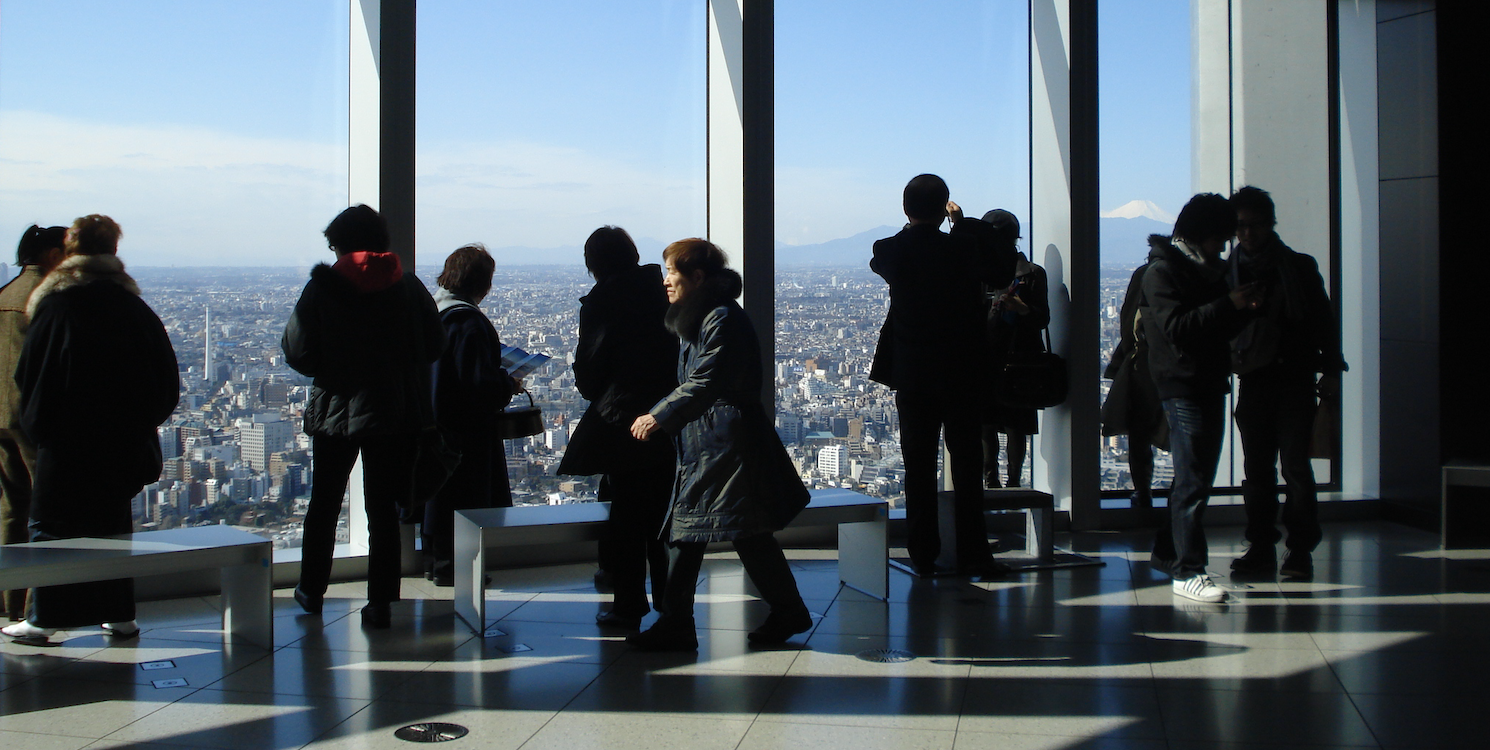
The best food in Tokyo is easier to find than you think. This isn’t because there are endless lists, guides, and blog posts written about it. It’s because the Japanese take every world cuisine and perfect it. Whether that be French, Spanish, Lebanese, or one of the many styles of Japanese food. The best food in Tokyo can be found in many places. Here are some of my faves. And why Tokyo is a food lover’s dream destination.
In Tokyo, it’s all about the food
Halfway into our first lesson with our Japanese tutor, Mika states, “The best food you will ever eat is in Tokyo.” I glance at my husband and our eyes locked. I caught the hint of a smirk. We had lived in New York City for more than ten years. I’m a self-appointed foodie. We are raising foodie kids. Mika, a lovely woman, and an excellent tutor, clearly doesn’t know what she’s talking about, I think.
Four years later, I eat my words—right along with the best food I’ve ever eaten.
Moving To The East Side
In 2007, my family had the opportunity to spend a few years in Asia. Choosing from a handful of Asian capitals, we ultimately decided upon Tokyo, thinking it would offer us a completely unique experience, not to mention a great launchpad for travel. We also now know that the food in Tokyo is unparalleled.
With Lost in Translation and Nobu as our only Japanese points of reference, we impulsively leave our Upper West Side apartment behind. Bags packed, passports in hand—we fly east.
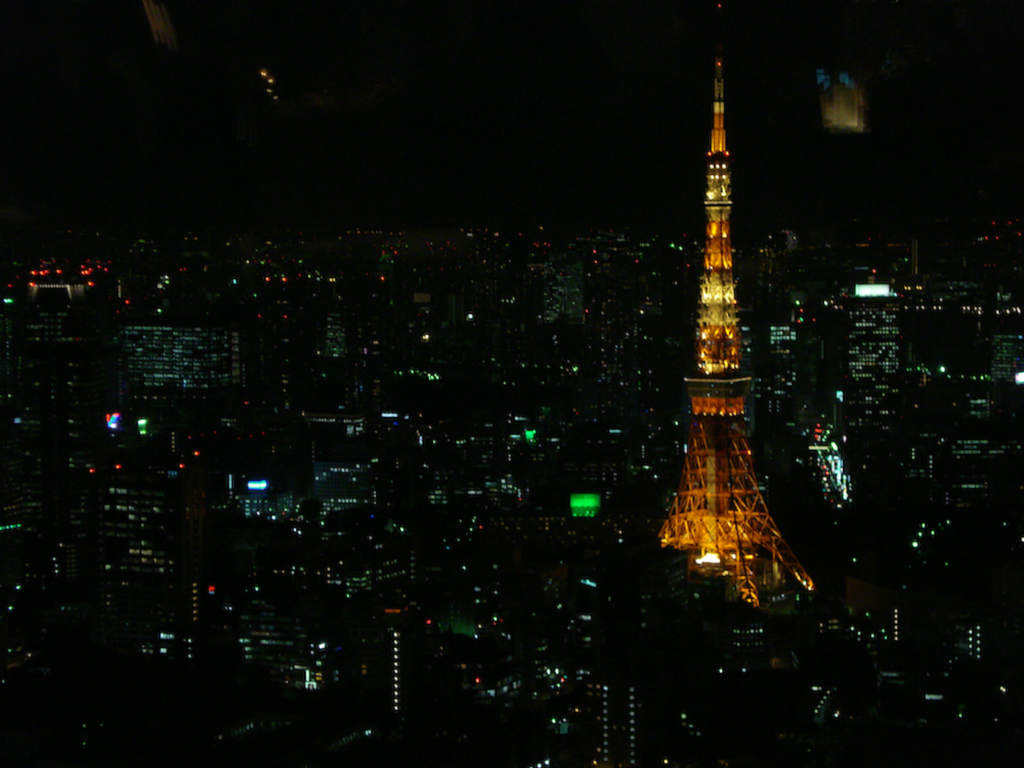
Tokyo’s Grand (Hyatt)
Before our Tokyo apartment was ready, we move our jet-lagged selves into the Grand Hyatt Hotel. It’s within walking distance of our apartment building and in the heart of the Roppongi district. The Grand Hyatt is as comforting and welcoming as we could hope for our first days abroad. In fact, we rename it ‘The Womb’, and always return to it when we go back to Tokyo.
In those early days, from a food point of view, there is very little need to leave the safety of the Grand Hyatt. Ten unique restaurants were a part of The Grand Hyatt. While not all were within the walls of the hotel, they could each be accessed without stepping outside. Since I was still less than confident with my Japanese language skills (no offense, Mika) this was just as well. I wasn’t ready for the outside world quite yet.
But I was hungry.
Get my Free wish list destination hot sheet. Click here!
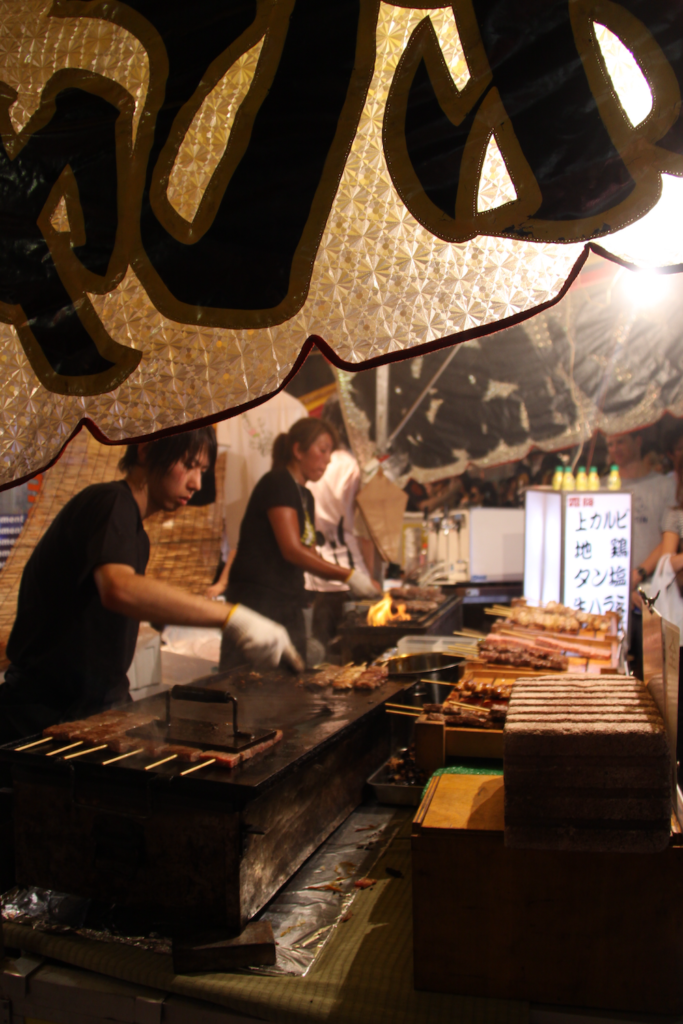
Diving into the Tokyo food scene
Our favorite restaurants at the Grand Hyatt remain favorites years later. The Oak Door, with its tender, and break-the-bank priced, wagyu beef. The ambiance is low-lit—the kind of lighting that makes everyone look gorgeous. We spend many nights with friends at the convivial bar, my favorite cocktail in hand, a Shiso Leaf Mojito.
The French Kitchen is located at the top of a large, central staircase in the hotel lobby. It has an enormous open-plan kitchen and is especially popular for its champagne brunch. Decadent choices include melt-in-your-mouth French Toast—a sweet tooth’s BFF. Pale, fluffy omelets, fresh local sashimi, and buttery homemade croissants are artfully presented. I dare any buffet snob to pass it over, as pretty as it is appetizing. The service is seamless.
Another dinner choice, Keyakizaka is an upscale teppanyaki restaurant that slices, sears, and serves seasonal food table-side. No, it’s nothing like Benihana.
Even within the realm of Japanese cuisine, there are countless options, many of which I am completely unfamiliar with. Okonomiyaki, tonkatsu, shabu-shabu, and kaiseki are new to me, and I dive head-first into experimental dining mode. The kids slurp soba with pride, I devour deep-fried pork with wild abandon—gastronomic nirvana.

Beyond the Grand Hyatt
There is no end to the food adventures I collect while living in Tokyo, once I venture beyond the womb. I learn to take a leap of faith when presented with a non-English menu, pointing aimlessly at the intricate kanji characters and the Japanese hiragana alphabet. I hope for the best and usually get it.
In Japan, I learn to love all things tofu, crave raw tuna for breakfast, and try chicken sashimi without fear of salmonella poisoning. I eat a tomato that had never felt the rays of the sun. In short, at least from a culinary perspective, I go for it.

Michelin, Meet Tokyo
Serendipitously timed to coincide with our arrival, 2007 marks the first-ever Michelin Guide review of food in Tokyo. After a year of research by five undercover food inspectors, Michelin awards eight restaurants the coveted three-star rating, more than any other city in the world. A food coup unlike any other, Michelin reveals what everyone in Japan already knows. Tokyo catapults into foodie stardom.
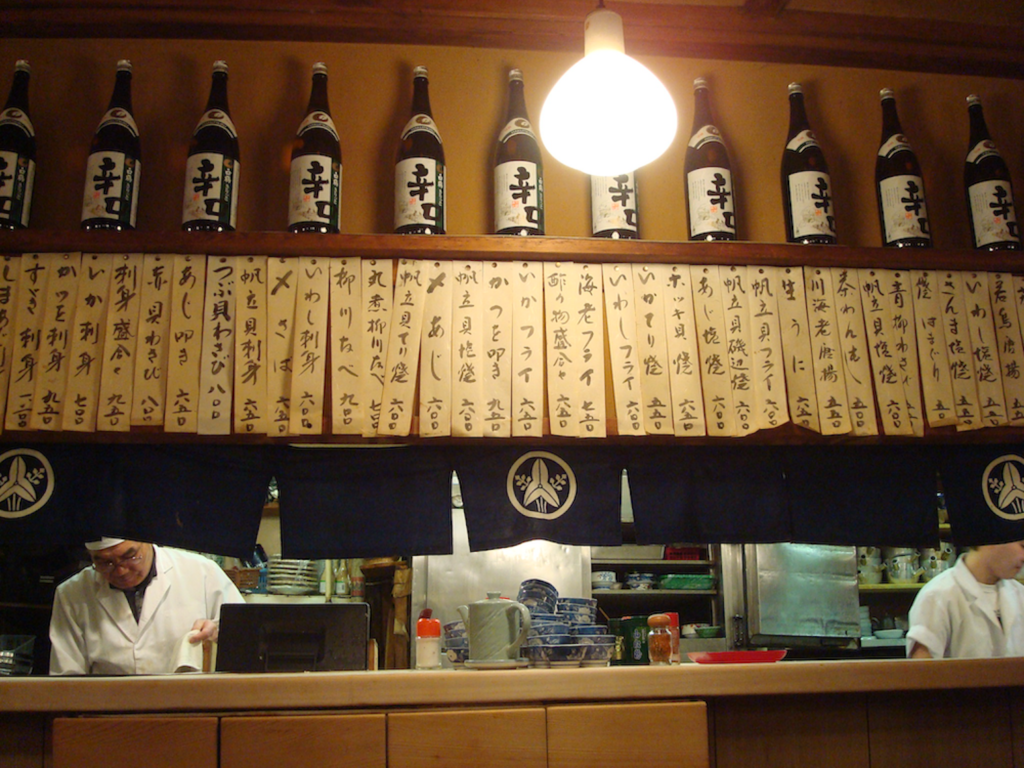
Seeing stars in Tokyo
We dine at Quintessence, a Japanese-French fusion restaurant, just before it’s awarded three Michelin stars. Quintessence is our first experience with omakase, ‘chef’s choice’. Omakase allows the chef to create new dishes on a whim and make use of seasonal ingredients. Sea bream might grace the plates in the spring, while fugu, or blowfish, might do so in the winter.
Quintessence had been recommended by a colleague of my husband, Daniel, who happened to know the chef. She asked us if there was anything we didn’t eat. Apparently, the last time she was there, they had served her sandpiper, and she wasn’t particularly fond of sandpiper. Sandpiper—where was my dictionary? Was that a fish, a bird, or a reptile? How could I answer? ‘Oh, I’m not particularly fond of salamander, or squirrel, or pangolin.’ Naively, I just asked that nothing on my plate be moving.
The meal is unlike anything we’d experienced before. The chef must have used tweezers to lay that baby fern so precisely on the rice, which then revealed a hidden, edible flower. The service is invisible and seamless. I had no idea what I ate, but I know I loved it. When we left, the chef and waiters followed us outside, emphatically waving goodbye, smiling, bowing, and saying thank you. An unforgettable introduction to Japanese dining.
Get my Free wish list destination hot sheet. Click here!
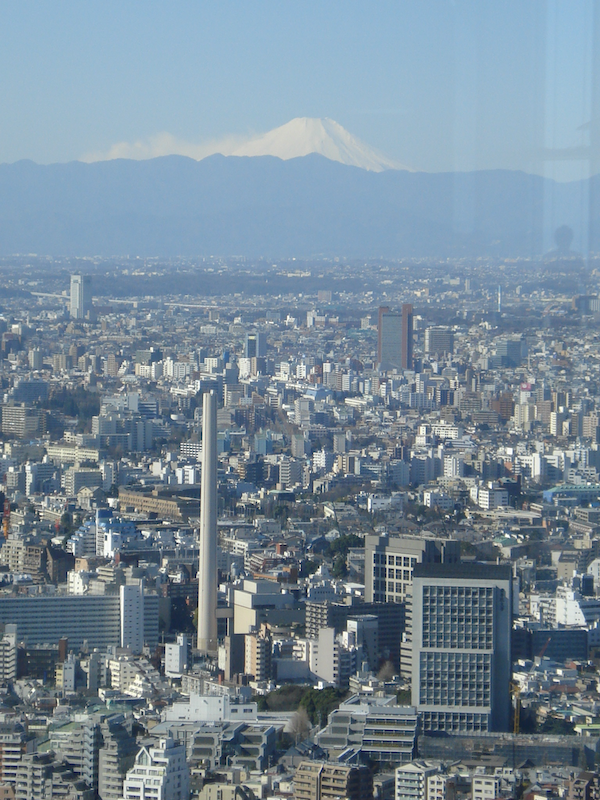
Destination Dining in Tokyo
As of 2019, Michelin had designated stars to a staggering 230 restaurants in Tokyo, thirteen with the highest status—three stars. If there is ever a time to plan a holiday around food, the time is now.
The New York Times published an article not long ago highlighting a trend where people book holidays based solely upon getting a reservation at a coveted restaurant. Having been guilty of this in the past, I am thrilled to know I’m not the only one with obsessive-compulsive reservation disorder.
The few restaurants I have on my future dining list are Narisawa in Minami Aoyama; L’Effervessence in Nishi Azabu; Den, in Shibuya, and Florilège in Harajuku. In my next life, I’d like to be a food inspector for the Michelin Guides.

Getting molecular at the Mandarin Oriental
Molecular dining is flawlessly executed in Tokyo. Most notably at TAPAS, the Michelin-starred restaurant/bar in the Mandarin Oriental Hotel. The molecular theory of food juxtaposes the chemical and physical attributes of ingredients, transforms flavors, and defies beliefs about taste and overall conventional wisdom about food. Culinary jargon aside, it’s incredibly fun!
Cue wagyu beef ‘grilled’ to perfection without ever touching a flame. Carrot ‘caviar’ delicately pressed through a grid of glass syringes that look like a prop from a high school science class. In fact, the entire dinner feels like a chemistry lab, but in a far more beautiful environment, with no odorous formaldehyde, and no quizzes.
The final course was over-the-top (the Japanese interpretation), which means understated. We are presented with an unusual assortment of fruit. Unusual in the sense that it contains lemons, limes, and grapefruit, among the more traditional fruits one might expect. The chef asks us to eat a small berry first.
I then take a bite of the lemon. The berry trips a switch in my brain, it is sweet. The same for the lime—a potent burst of sugar. Is this fake fruit? Next, I try a strawberry. My mouth puckers violently, it’s sour and almost inedible. The African ‘miracle berry,’ as it is sometimes called, changed our taste buds instantaneously. Turning sweet into sour, and sour into sweet. A mind-blowing, or should I say mind-altering, curtain call.
Savoy Pizza
One table, two styles of pizza, ten barstools—Savoy is one of our guilty pleasures. Savoy opened on a backstreet of Roppongi in 2006, and the queues haven’t stopped since. We always wait, as the line moves quickly. The bar stools aren’t very comfortable, and the staff doesn’t encourage guests to hang around after the meal.
Margherita or marinara (and I was told a secret white style) pizzas sum up the menu. How they make these thin-crust, wood-fired pizzas so superior is impossible to say. What’s the magic ingredient? The water, the salt, the flour? Whatever it is, it’s the best pizza ever. Apologies to Italy and New York.
That place Behind Kiddyland
In our first few weeks exploring Tokyo, friends tell us about their favorite, no-frills lunch spot. They don’t know what it’s called, or how to get there. ‘It’s somewhere behind Kiddyland’, they say. As if that singular bit of information will suffice. But, they warn, it’s critical to arrive before the clock strikes noon. That’s when Japanese businessmen take lunch. Sure enough, by 12:05pm, a line has snaked around the corner from this simple izakaya.
Two kinds of gyoza (dumplings) grace the limited menu; seared garlic and leek, or original, and either can be served fried or steamed. This hidden dive behind Kiddyland becomes our go-to for years. It’s only while researching the best food in Tokyo for this article did I discover its actual name—Harajuku Gyoza Lou.
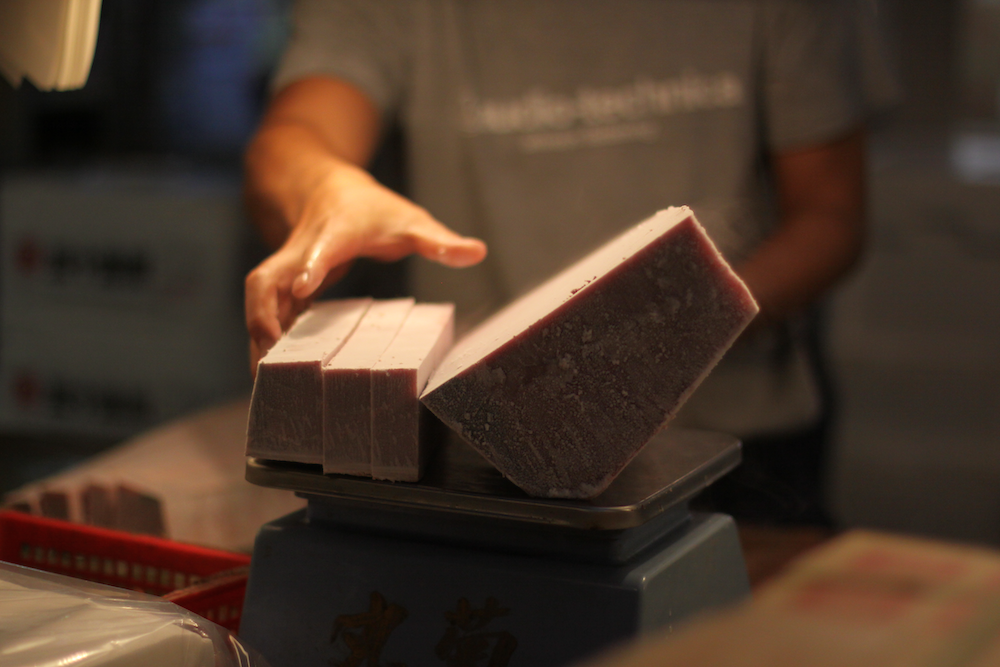
Dining Traditions in Tokyo
It’s easy for someone like me, who thrives on consistency, stability, and structure, to fall in love with Japan. I love the ‘no shoes’ in the house tradition and have continued it since moving back to the US. I love the oshibori, or hot towel, that is presented to us when dining out. Itadakimasu, or ‘I gratefully receive’, becomes a part of our vocabulary at mealtime. Interestingly, there is no tipping culture in Japan. Whether it be a restaurant, a taxi, or a hotel valet, the Japanese take pride in their jobs, and no tipping is expected.
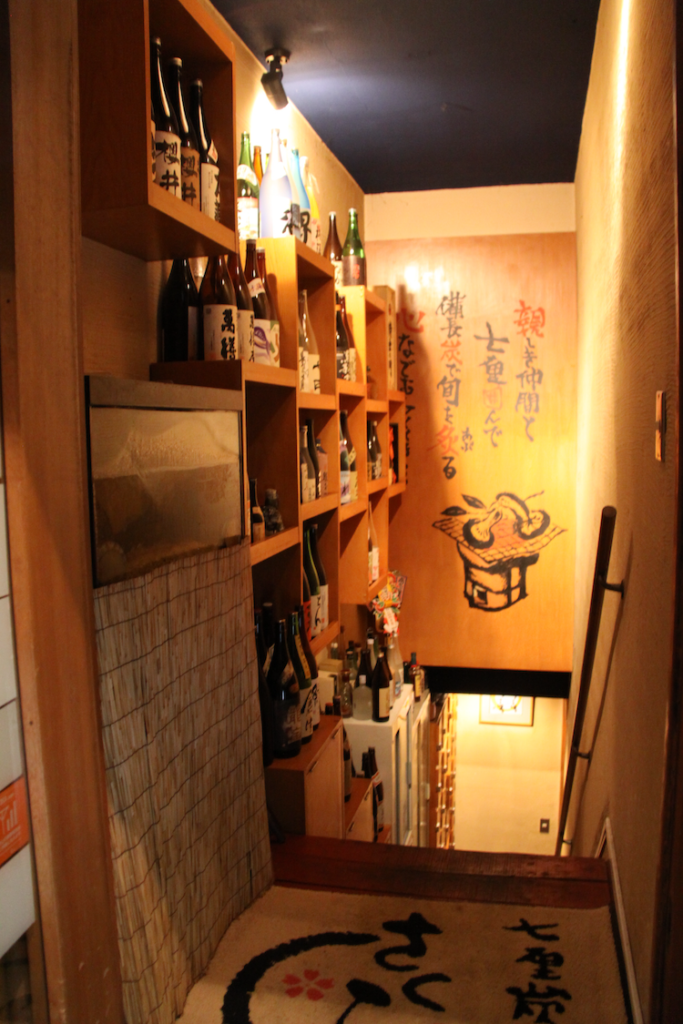
Designer Sushi
I missed dragon rolls and California rolls as much as the next ex-pat, but designer rolls didn’t seem to catch on in Tokyo. Rainbow Roll Sushi, gave many foreigners their fill of ‘Americanized’ sushi, but it seemed destined for failure. It was no surprise to discover that they are now permanently closed. As a Japanese friend of mine pointed out, ‘Food is not a trend in Japan, it is a lifestyle.’ Well said.
A sushi restaurant we frequent in nearby Roppongi is called Sushi Ikekan. Reveling in minimalism with mainly counter seating, the food is divine. We watch the chef create magic with the ingredients— precision, and concentration used to design each piece. Anyone who has seen Jiro Dreams of Sushi will understand. There is a quietness and an integrity to it, neither showy nor flamboyant.
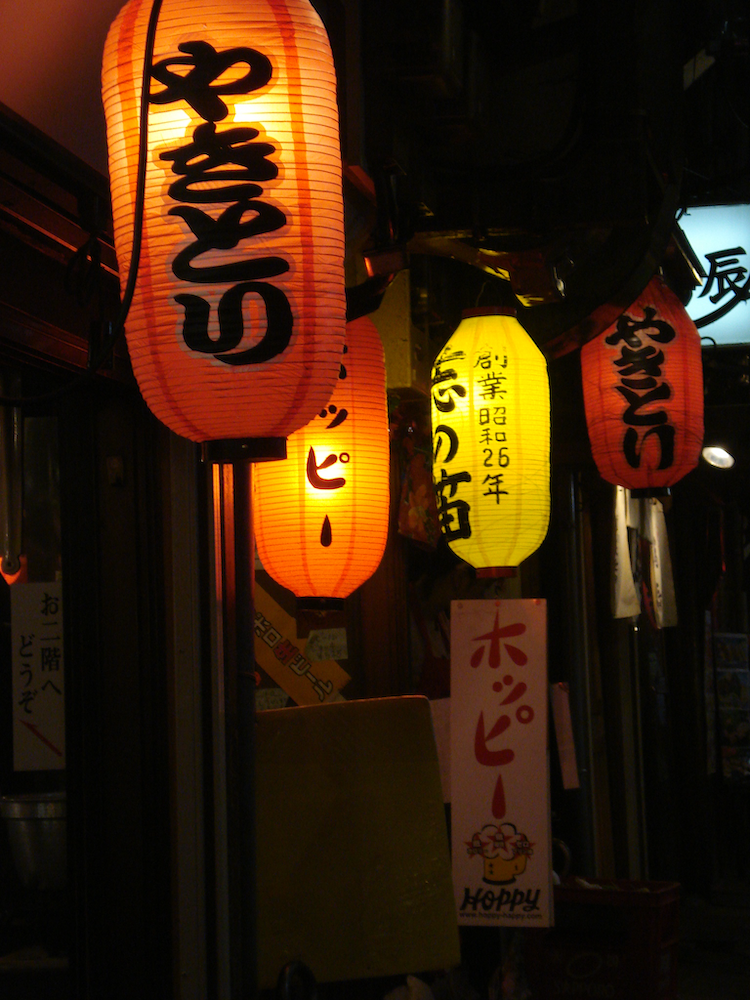
Timeless Tokyo
While Tokyo is always trending and reinventing itself, at its core, Tokyo is a timeless place. Japanese culture prides itself on consistency, aesthetic, and structure juxtaposed with the hip, cool, and avant-garde. I see Tokyo through a rose-colored lens, having been an ex-pat there for many years. Yet, ask anyone who has spent time there, it is hard not to be smitten. In Tokyo, it’s all about the food.
Mika, wherever you are, you were right.

